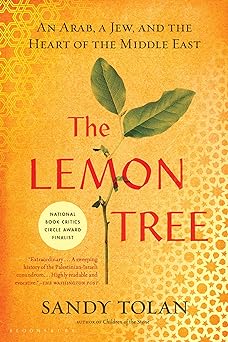More on this book
Community
Kindle Notes & Highlights
by
Sandy Tolan
Read between
September 25 - November 14, 2022
the Talmudic promise "He who makes four steps in Israel, all his sins will be forgiven."
The model held up for all of the immigrants, especially the men, was the Sabra, the native-born Israeli whose optimism, strength, and mythical heroism was something for all to aspire toward. Sabra came from the Hebrew word tzabar: a. cactus fruit, thorn-covered but sweet inside. In 1950s Israel, the Sabra was the New Israeli Man: handsome, tough, physically strong, an ardent Zionist, upbeat, without fear, and unencumbered by the weakness of his ancestors. The Sabra, by definition Ashkenazi, from a generation that had come to Palestine before the Holocaust, had shed the shameful baggage of the
...more
For the Sabra, the Holocaust survivors often represented the shame of Jews going like sheep to the slaughter.
In Ramla, as in the rest of Israel, each immigrant group quickly attracted its own labels, which ranged from derogatory to affectionate and sometimes were both. A Moroccan was a sakin, or knife, because of his reputation as violent; Iraqis were pajamas, because of their dress; Germans were yeke, after the jackets they wore in the fields, or putzes, a kind of upscale schmuck; Romanians were thieves; Bulgarians were cheap; and a Pole was dripke: Yiddish for dustcloth.
"We couldn't find two people who could disagree more on how to visualize the viability of this land," Dalia said, standing and slipping on her sandals. "And yet we are so deeply connected. And what connects us? The same thing that separates us. This land."
"Our enemy," she said softly, "is the only partner we have."


